If you’ve ever dropped an acidic substance on a tile floor or countertop, you know the havoc it can wreak. Not only is the acid difficult to remove, but it also damages the tiles, leaving ugly etches behind. This blog post will show you how to fix tiles damaged by acid. With a few simple steps, you can have your tile floor or countertop looking good as new in no time! So if you’re dealing with acid damage, read on for some helpful tips.
Summary: If your tiles have been damaged by acid, there are a few things you can do to fix them. First, try to clean the tiles as best as possible with soap and water. If that doesn’t work, you can try to remove the damage with a scrub brush. Finally, you can seal the tiles with a sealant.
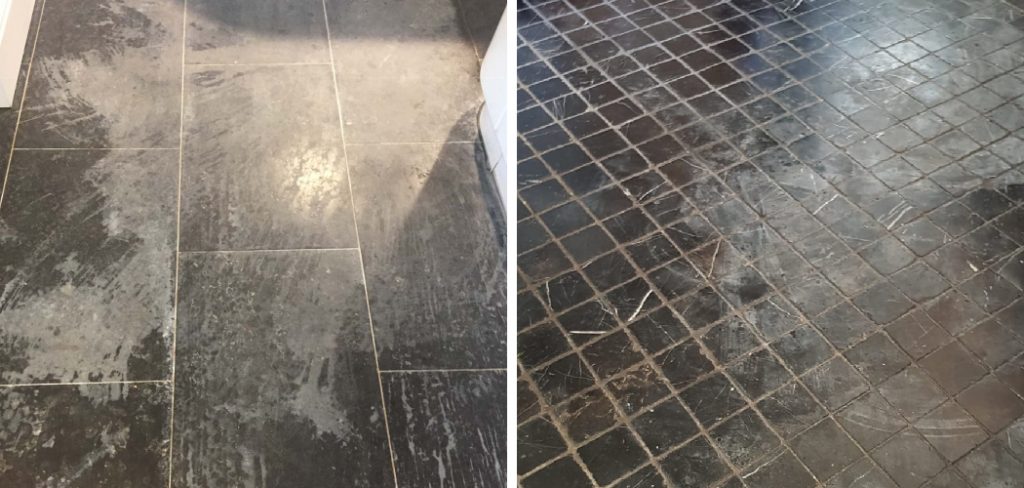
What Causes Acid Damage to Tiles?
There are a few different things that can cause acid damage to tiles. The most common is spillage from acidic substances like vinegar, lemon juice, or soda. These substances are highly acidic and can easily etch or damage tile surfaces. If you’re not careful, you can easily end up with a big mess to clean up!
Another common cause of acid damage is using cleaners containing acidic chemicals. This is especially common with bathroom cleaners, as they often contain harsh chemicals that can damage tile surfaces. If you use these cleaners regularly, you may notice that your tiles start to show signs of wear and tear. Additionally, using too much cleaner can also lead to problems.
The other main cause of acid damage is exposure to the elements. Acid rain, for example, can slowly eat away at tile surfaces, causing them to become dull and discolored. Lastly, if you live in an area with high humidity, this can also cause tiles to become damaged by acid.
Why It’s Important to Fix Tiles Damaged by Acid
Aside from the obvious reason (i.e., you don’t want your tile floor or countertop to look damaged), there are a few other good reasons to fix tiles damaged by acid. First, if the damage is severe, it can weaken the tile and make it more susceptible to breaking. Additionally, acid damage can make tiles more difficult to clean, as the acidic substances interact with cleaners and make them less effective.
Another reason to fix acid-damaged tiles is to prevent further damage. Once tiles have been damaged by acid, they’re more likely to be damaged again in the future. This is because the acidic substances have weakened the tile, making it more susceptible to further damage. Finally, fixing acid-damaged tiles can help to restore the beauty of your tile floor or countertop. Even if the damage is severe, with a little work, you can usually get your tile to look like new again.
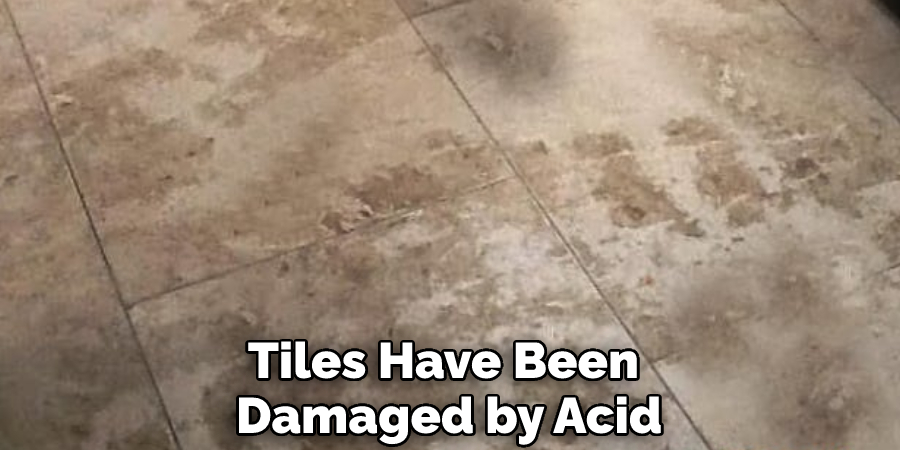
Some Effective Ways How to Fix Tiles Damaged by Acid
1. Identify the Source of the Damage
The first step in fixing tiles damaged by acid is to identify the source of the damage. This is important because it will help you to avoid further damage in the future. To do this, you’ll need to look closely at the affected tiles and determine what caused the damage. Once you’ve identified the source of the damage, you can take steps to avoid it in the future. If you can’t identify the source of the damage, be sure to take extra care in the future to avoid spills and other accidents.
2. Clean the Area Thoroughly
Once you’ve identified the source of the damage, the next step is to clean the affected area thoroughly. This is important because it will help to remove any acidic substances that may be present. You’ll need to use mild soap and warm water to do this. First, mix the soap and water together to create a sudsy solution. Next, use a soft cloth or sponge to scrub the affected area gently.
Be sure to scrub the area gently to avoid damaging the tiles further. Once you’ve cleaned the area, be sure to rinse it well with clea.n
3. Apply a Tile Sealer
After you’ve cleaned the area, the next step is to apply a tile sealer. This is an important step because it will help to protect your tiles from further damage. There are a variety of tile sealers on the market, so be sure to choose one that is compatible with the type of tile you have. First, read the instructions on the tile sealer to determine how to apply it properly.
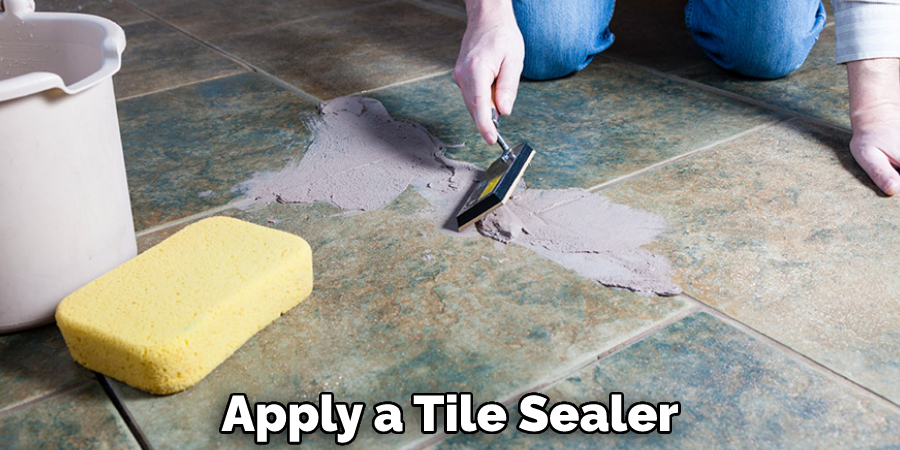
Once you’ve applied the tile sealer, be sure to allow it to dry completely before using the area again. Avoid walking on the area until the sealer is completely dry to avoid damaging it.
4. Apply a Tile Cleaner
Another way to protect your tiles from damage is to apply a tile cleaner. This will help to create a barrier between the tile and the acid. Tile cleaners can be found at most hardware stores. First, ensure the tile is clean and free of any dirt or debris. Next, apply the tile cleaner according to the manufacturer’s instructions. Try to apply the cleaner in a well-ventilated area to avoid inhaling fumes.
Allow the cleaner to dry completely before using the tile. You may need to repeat this process if the tile is still damaged. Avoid using harsh chemicals to clean the tile as they may damage it further.
5. Use a pH-Neutral Cleaner
When cleaning acid-damaged tiles, it’s important to use a pH-neutral cleaner. This will help to avoid further damage to the tile and grout. You can purchase a pH-neutral cleaner at your local hardware store or online. First, make a diluted solution of the cleaner according to the manufacturer’s instructions. Then, gently scrub the tiles with the solution using a soft cloth or sponge.
Rinse the area with clean water and dry with a soft towel. If you’re dealing with stubborn stains, you may need to use a stronger cleaner. But be sure to test it on an inconspicuous tile area first to ensure it won’t cause further damage.
6. Use Boiling Water
Another way to clean acid-damaged tiles is to use boiling water. This method is best used for small areas of damage. First, bring a pot of water to a boil. Then, pour the boiling water over the damaged tiles. Be careful not to burn yourself. Let the tiles sit for a few minutes, then scrub the area with a brush. Rinse the tiles with clean water and let them dry. Please avoid using this method on porous tiles, as they can absorb the boiling water and crack.
7. Use WD-40
If you’re dealing with tough acid stains, you can try using WD-40. This method is best used for small areas of damage. First, make sure to protect your hands with gloves. Next, spray WD-40 onto the affected area and let it sit for a few minutes. Then, use a scrub brush to scrub the area in a circular motion. Finally, rinse the area with clean water and allow it to dry. WD-40 is a powerful cleaner and great rust preventative, so it’s ideal for this problem.
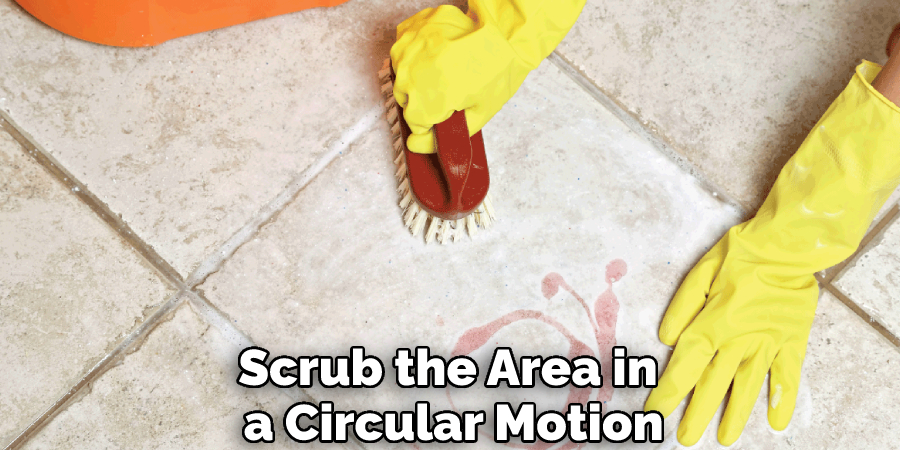
8. Apply a Tile Polish
After you’ve cleaned the tile, you may want to apply a tile polish. This will help to protect the tile and make it shine. Tile polish can be found at most hardware stores. First, apply the tile polish to a clean cloth. Then, rub the cloth over the tile in a circular motion. Allow the tile polish to dry for about an hour before using the tile. If you have leftover tile polish, you can store it in a cool, dark place.
9. Hire a Professional
If you still have trouble removing the acid damage, you may want to hire a professional. A professional will have the tools and knowledge necessary to clean the tile and make it look new again. They can also apply a sealer to the tile to help protect it from future damage. Try to find a professional who specializes in tile and grout cleaning. This will ensure they have the right tools and products for the job.
10. Repace the Tile
If the tile is severely damaged, you may need to replace it. This is a bigger job, but it’s sometimes necessary. First, remove the grout around the tile using a grout saw. Then, use a hammer and chisel to remove the tile. Be careful not to damage the surrounding tiles. Once the tile is removed, clean the area and apply new grout. Then, place the new tile in position and press it into place.
Apply grout around the new tile and allow it to dry. Finally, apply a tile sealer to the area to help protect it. Replacing the tile is a big job, but it’s sometimes necessary if the damage is severe.
How Much Does It Cost to Fix Acid-Damaged Tiles?
The cost of fixing acid-damaged tiles varies depending on the damage’s extent and the area’s size. If you’re dealing with a small area of damage, you may be able to fix it yourself for less than $100. However, if the damage is severe, you may need to hire a professional, which can cost upwards of $1,000.
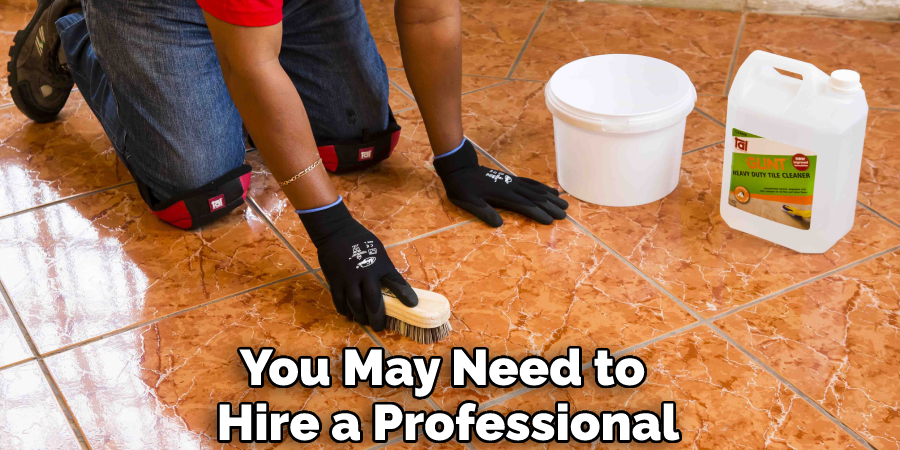
Conclusion
So there you have it! Now you know how to fix tiles damaged by acid. Follow these steps, and your tiles will look good as new in no time. With a little elbow grease, you can save yourself a lot of money by avoiding costly repairs. Thanks for reading!
